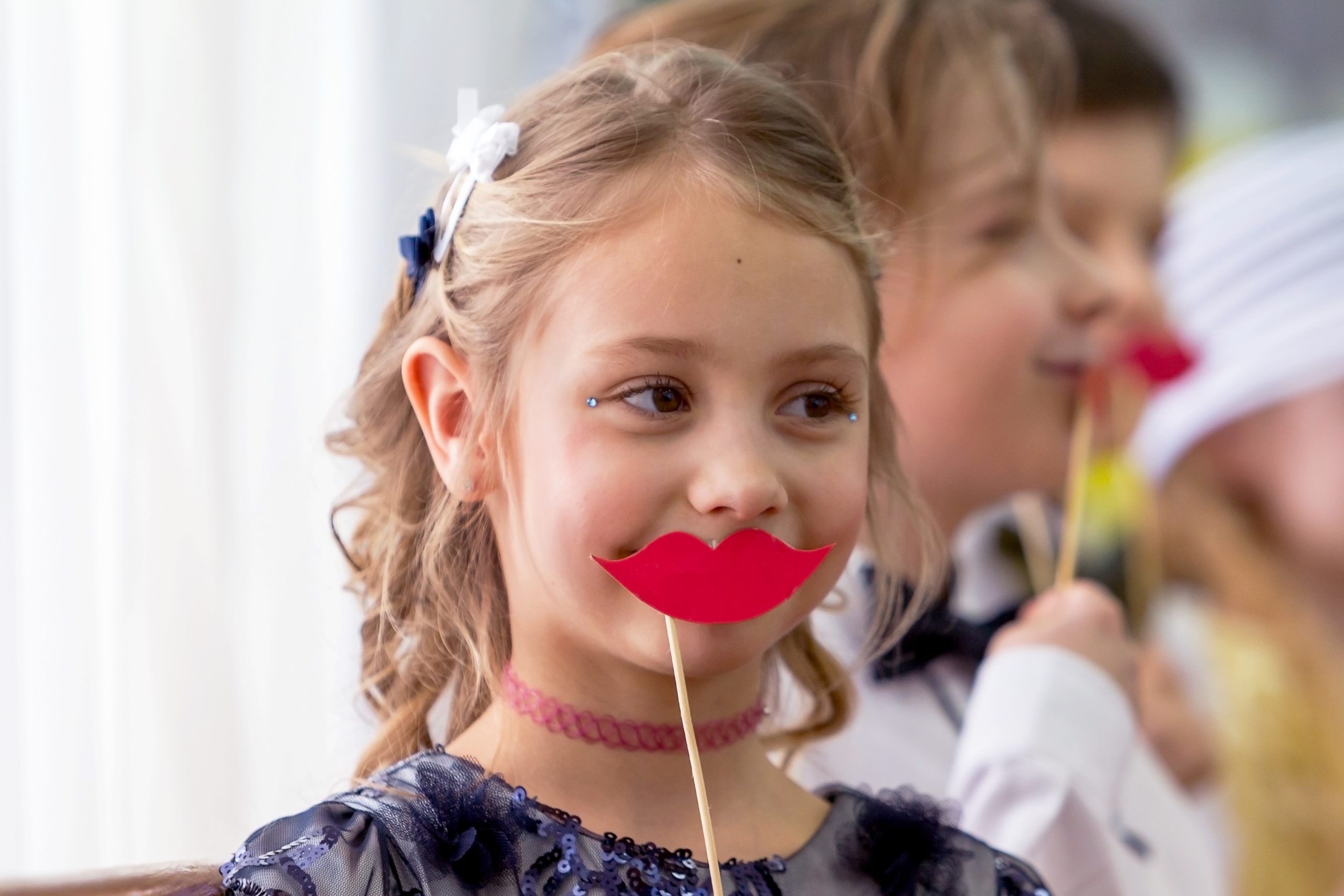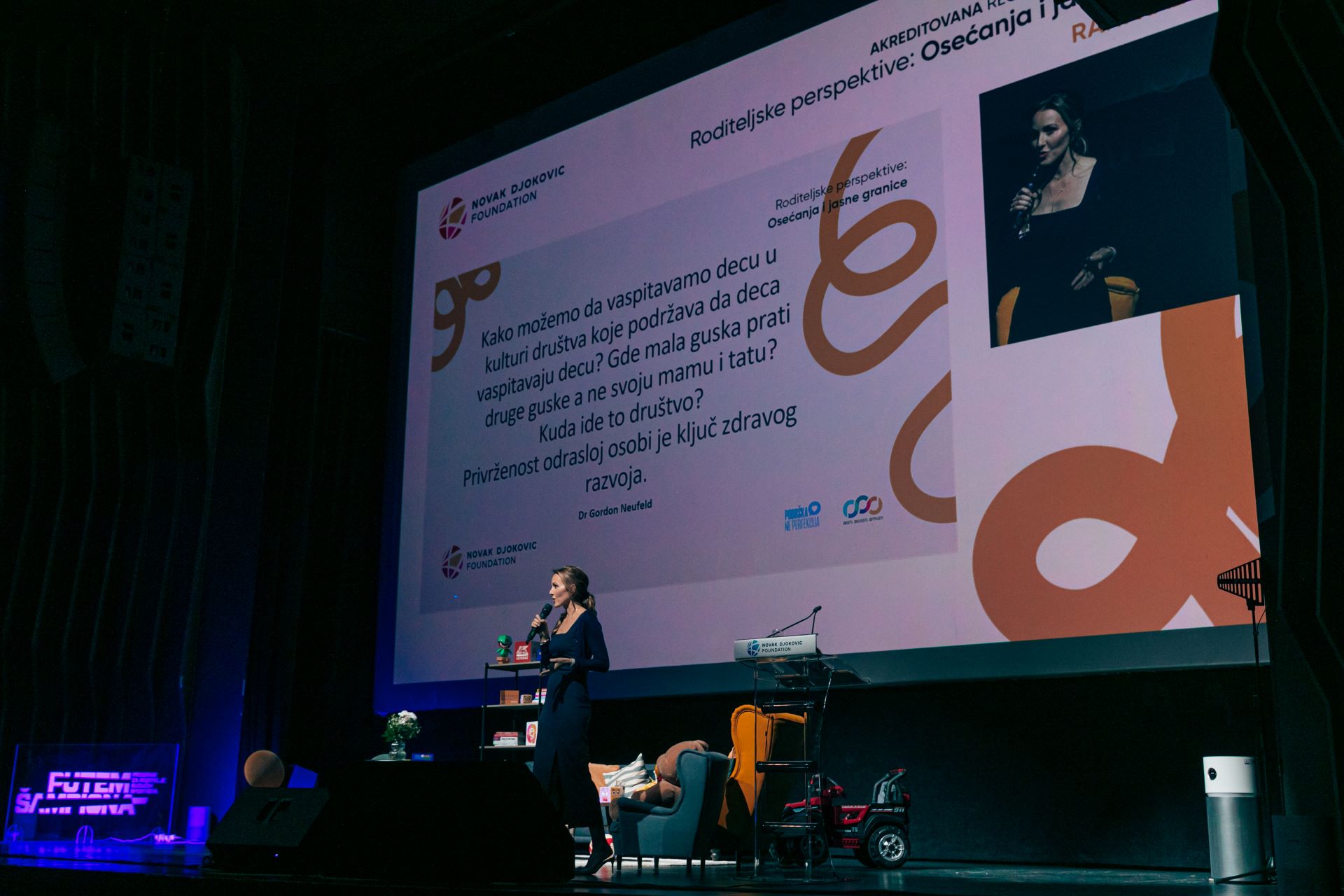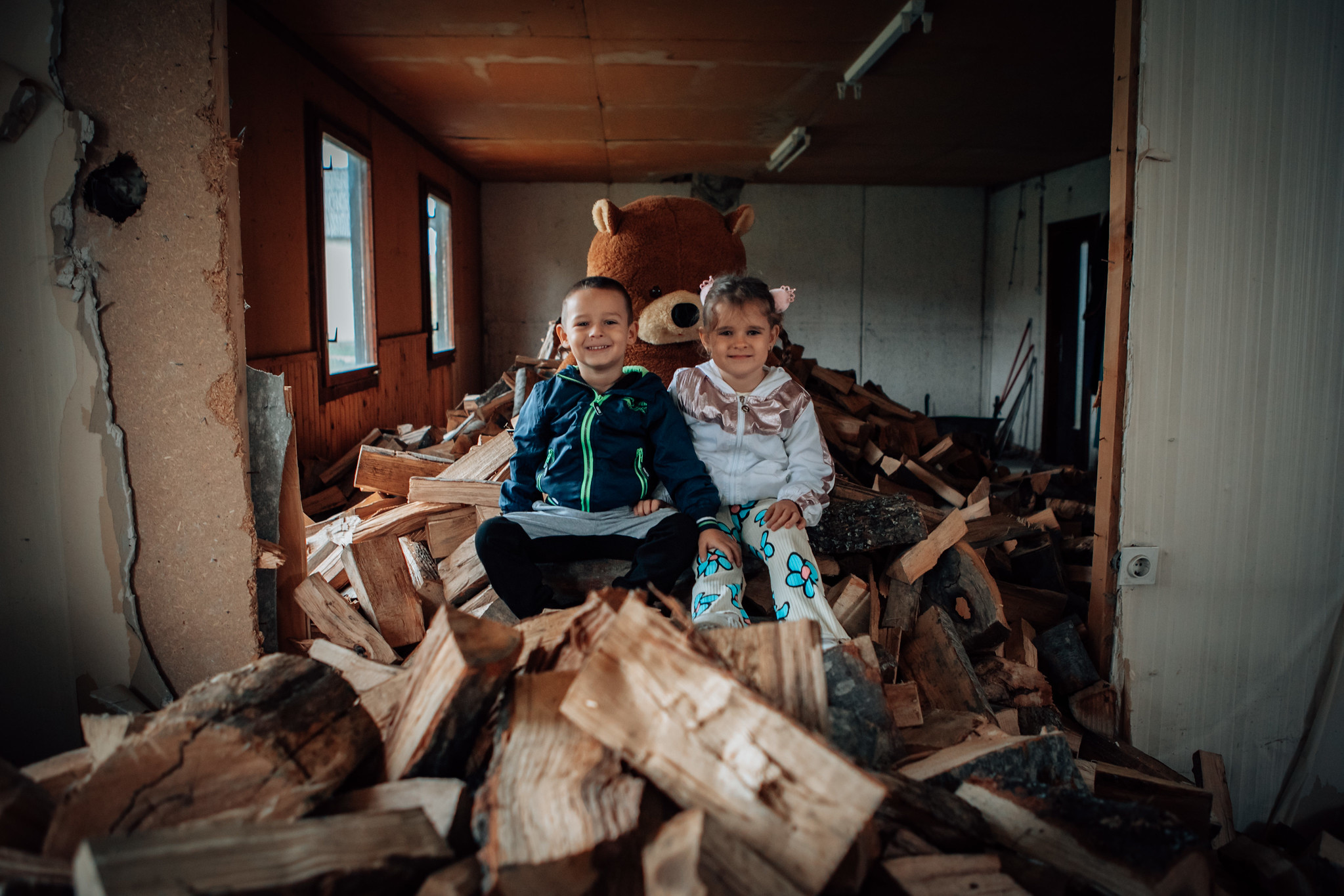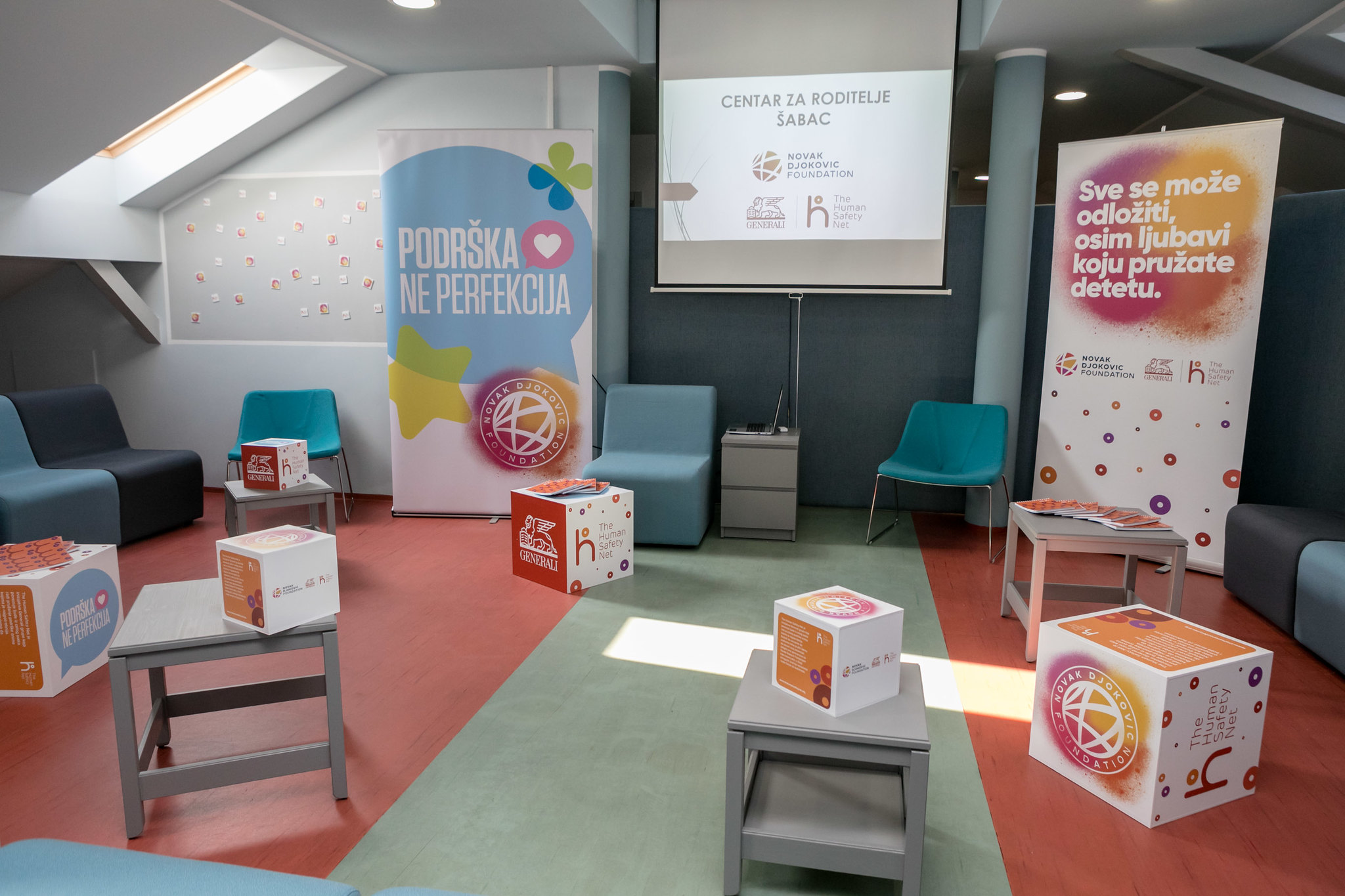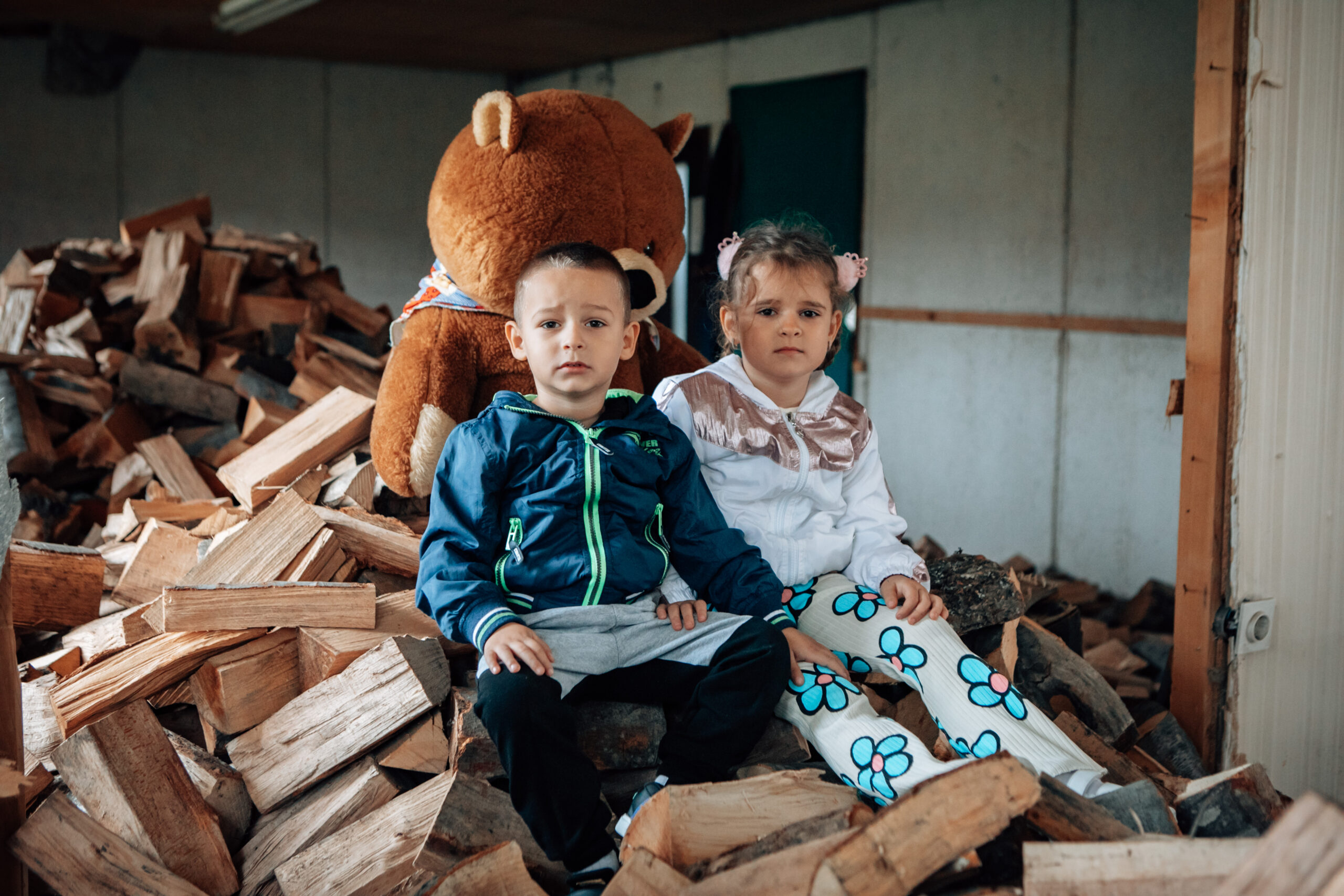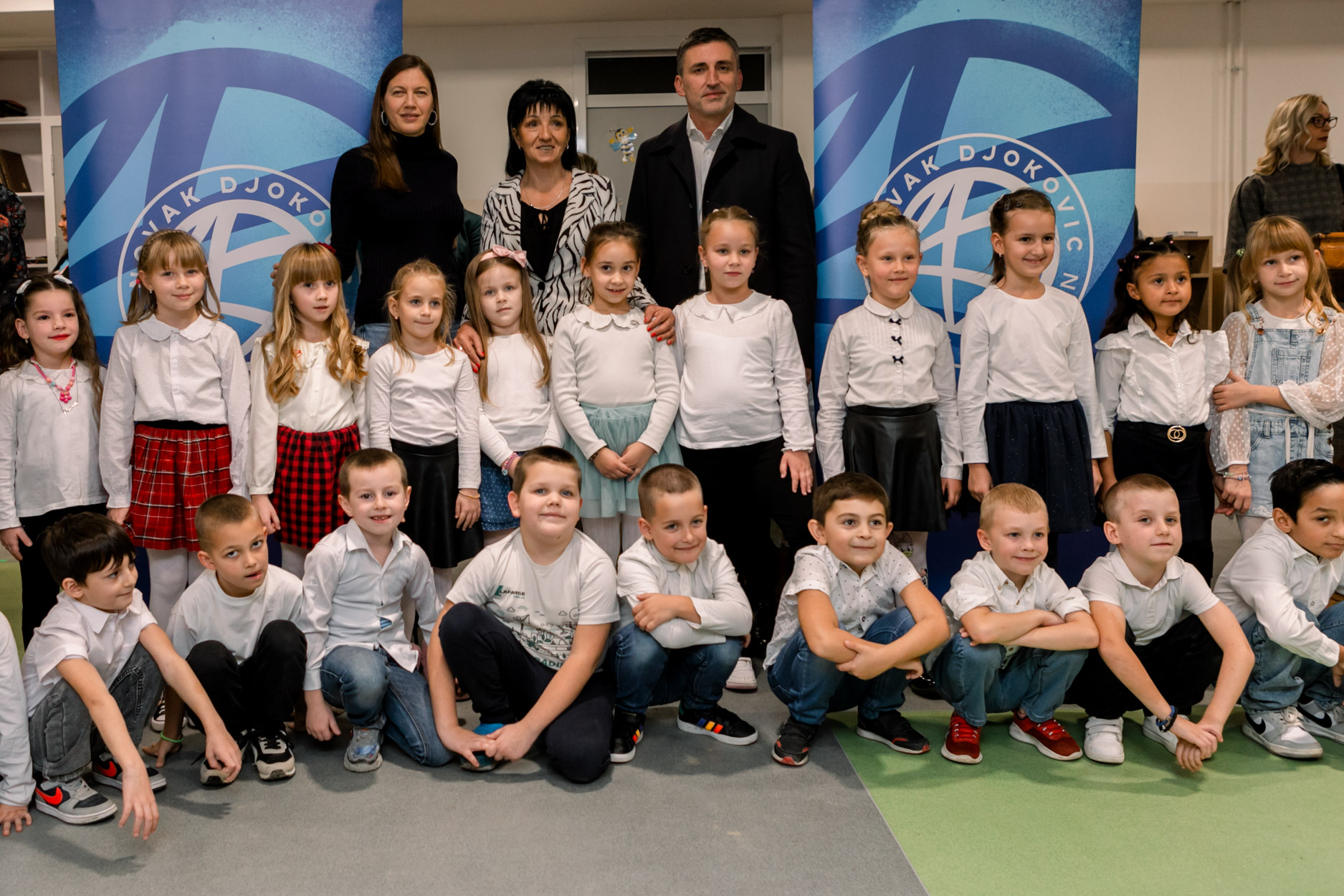Numerous studies indicate that using drama in the classroom as a means of teaching helps students learn academically, socially, and developmentally. Drama is an invaluable tool for educators, since it supports every aspect of literacy development. Drama has been also recognized as a powerful learning medium because it creates a context for children to relate to their lived experience.
Drama activities encourage the affective aspects of reading and emergent literacy. Drama begins with the concept of meaningful communication and provides multiple opportunities for social interaction and feedback.
Researchers have discovered that the mental requirements for understanding drama are similar to those for reading. Therefore, it’s not surprising that children who experience drama seem to be more capable of making appropriate linguistic choices and expressing opinions or suggesting solutions frequently.
Teachers may avoid using drama in the classroom because they fear it will involve tedious, time-consuming preparations or children will not take learning seriously as drama activities are playful. This can cause educators to overlook drama as an important tool for teaching in general and for the teaching of reading and language arts in particular.
However, the intriguing nature of drama lies in its flexibility and most drama activities do not require teachers to have direct theatre experience. When drama serves as a teaching method, teachers should view it as a concept and a philosophy rather than a set of strict curriculum models.
One of the functions of drama in the primary grades is to enhance learner’s vocabulary proficiency, which is crucial in literacy development. In this respect, teachers can create a „memorable event“ when presenting unfamiliar words. For instance, while children are getting ready for the class, teachers might say, „Ok, it’s time to do some work. Take your cat, rock your desk, and start to write about the trees on the ceiling.“ Students are likely to respond with „what?“ or „that doesn’t make any sense.“ Teachers can continue this „game“ until everybody pays attention and looks puzzled. Teachers then respond with „I’m sorry. I am being incoherent. So, what do you think incoherent means?“ In addition, a vocabulary lesson might involve learners acting out interesting stories that contain new vocabulary. Drama activities can transform the traditional teacher-student relationship from one of authority-recipient to one of shared experience of discovery and creative exploration.
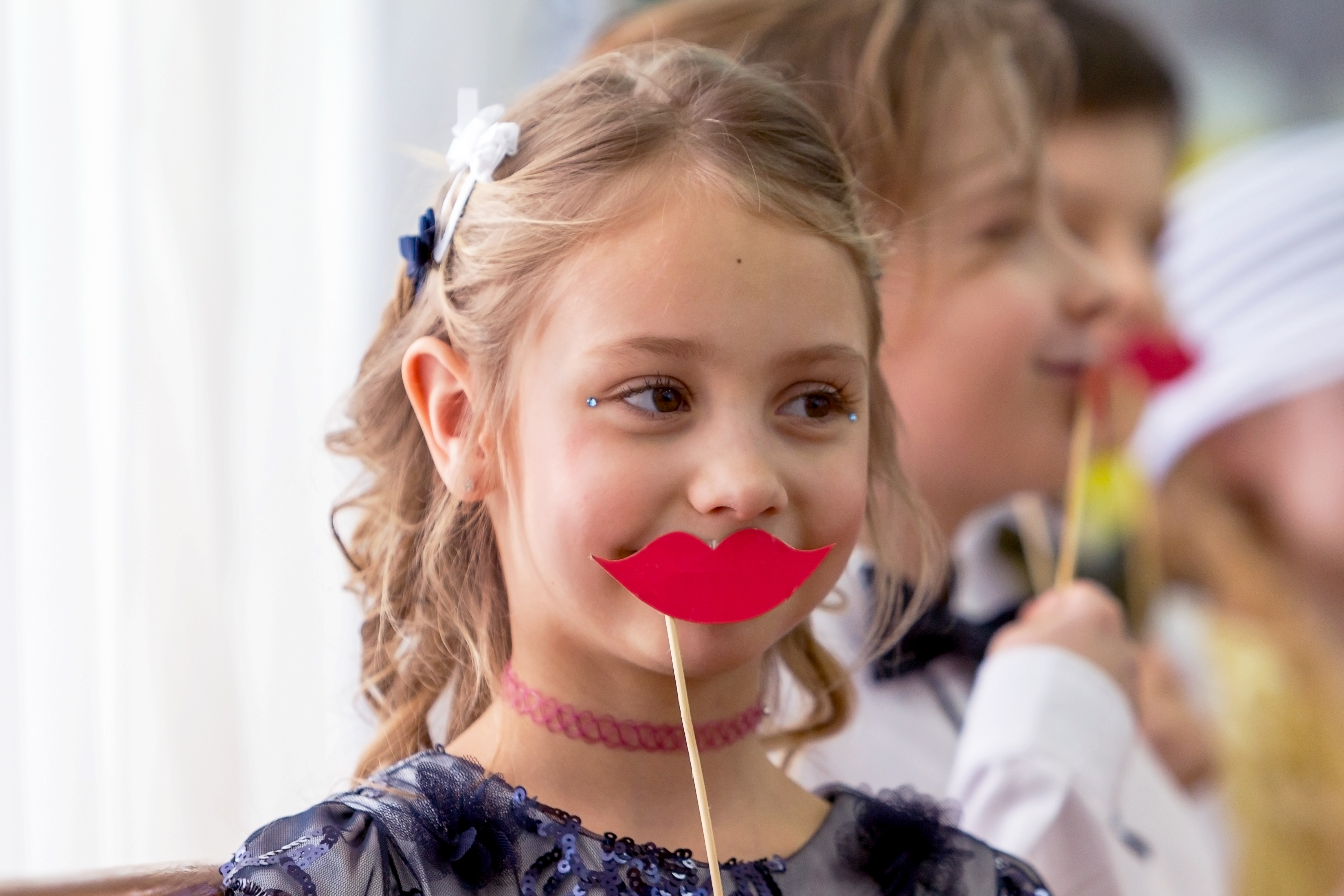
Teachers can also use drama to bring writing to life for children. The approach called „dramatic enquiry“ sees children and teacher creating an imaginary world in response to an issue or a problem where there are no easy solutions. For example, children can discover evidence of a child who has run away from home – and then create a backstory for their protagonist and decide what would happen next. As part of this approach, children and teacher use writing journals to capture ideas about story and character, as well as language they can use in their writing. This is not only a fun activity for children, but the use of drama can help to provide a real purpose for their writing as well as boost their confidence in their abilities as they are more empowered to take control over their own ideas.
Drama activities combine elements of creative drama, improvisation, pantomime, creative movement, and storytelling. They have tremendous positive effects on literacy development, academic success, and social interaction and they are easy to integrate with content from other school subjects or content areas. Such activities make drama a versatile teaching tool – simple and cost-effective way to accomplish a wide variety of educational goals and reach multiple learning styles.

